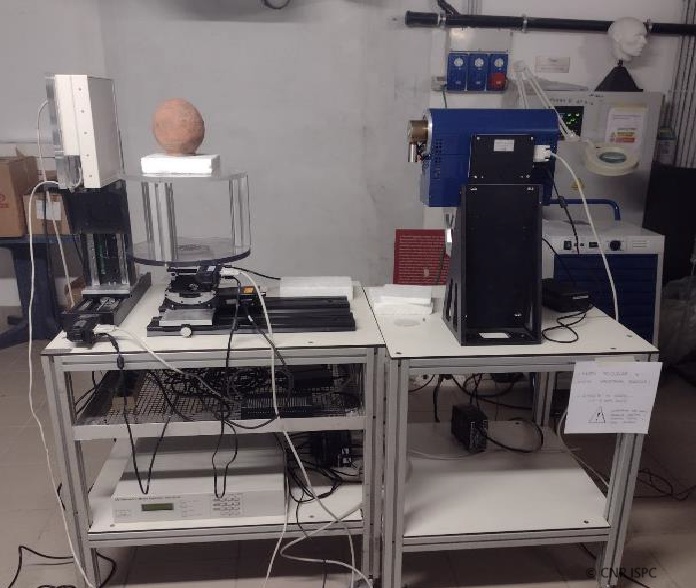User Group Leaders: Federica Ugliano and Giulio Lucarini – CNR ISPC
Venue: Fondazione Museo delle Antichità Egizie (Torino, Italy)
The use of non-destructive analyses, as X-Ray CT scanning, has the potential to significantly contribute to our knowledge of pottery manufacturing techniques and potters’ choices, as it allows us to look beyond the macroscopic scale. X-Ray CT scanning was used as a tool for pottery analysis some years ago (Karl et al. 2014), but it has only recently been applied to Egyptian materials, in the study of a small sample of Egyptian Predynastic pottery originally produced in Upper Egyptian sites, and now stored within the Ancient Egypt and Near Eastern collection at Tokai University (Takenouchi, Yamahana 2021). Despite the limited number of artefacts analysed, X-Ray CT scanning has already proved its validity, producing outstanding new data that are complementary to the information obtained at a macroscopic scale.
One of the aims of the multidisciplinary PrEMuC “Prehistoric Egypt in Museum Collections” project, co-directed by Giulio Lucarini (CNR-ISPC) and Federica Ugliano (Museo Egizio, Turin), is the study of the Predynastic archaeological materials (4th millennium BCE) excavated by the Italian Archaeological Mission (1903-1906) at the site of Heliopolis (El-Matariya, Cairo, Egypt), and currently stored at the Museo Egizio. Together with a complete quantitative re-evaluation of the archaeological materials, selected artefacts have been analysed according to a multidisciplinary techno-typological and functional approach that includes the reconstruction of specific phases and stages of the chaîne opératoire.
The analyses focused on the rich, though fragmentary, collection of pottery vases from Heliopolis, in order to better understand the manufacturing technique(s) of the Nile Delta at the time, and to fill a crucial gap in the knowledge of pre-pharaonic pottery production. The integration of different methodologies, from the more traditional to the most innovative ones, proved its validity and allowed for the development of a valuable protocol for original interpretations and in-depth studies of Museum collections, whose outcomes have also been integrated into new museum narratives.
Thanks to the performed analyses, it has been possible to highlight the technical traditions present in the pottery assemblage from the Italian Archaeological Mission’s excavations at Heliopolis: the identified groups correspond to those observed in other sites of the Delta such as Tell el-Iswid, Tell el-Samara and Tell el-Fara’in/Buto. This project has therefore made it possible to broaden our knowledge of the predynastic Lower Egyptian groups and allowed us to progress in the identification of the spatial diffusion of these technical traditions.
For the complete report: https://zenodo.org/records/14731283

